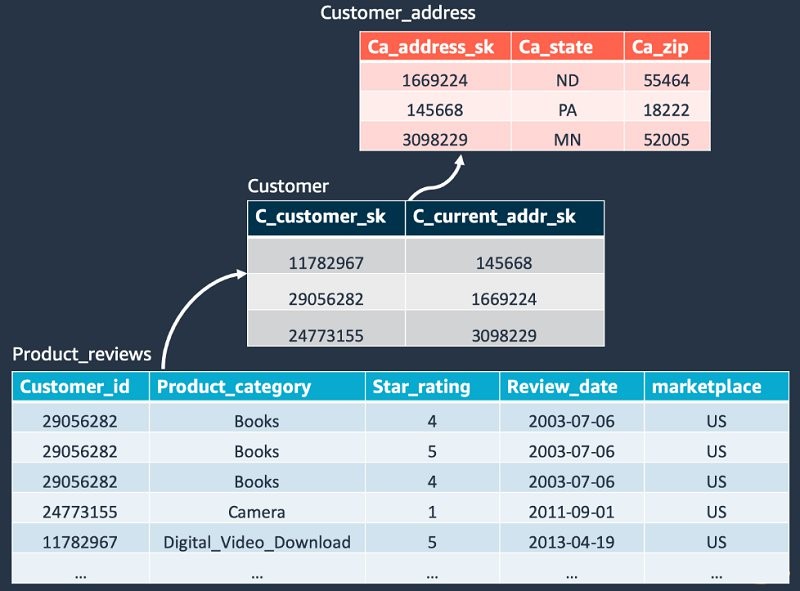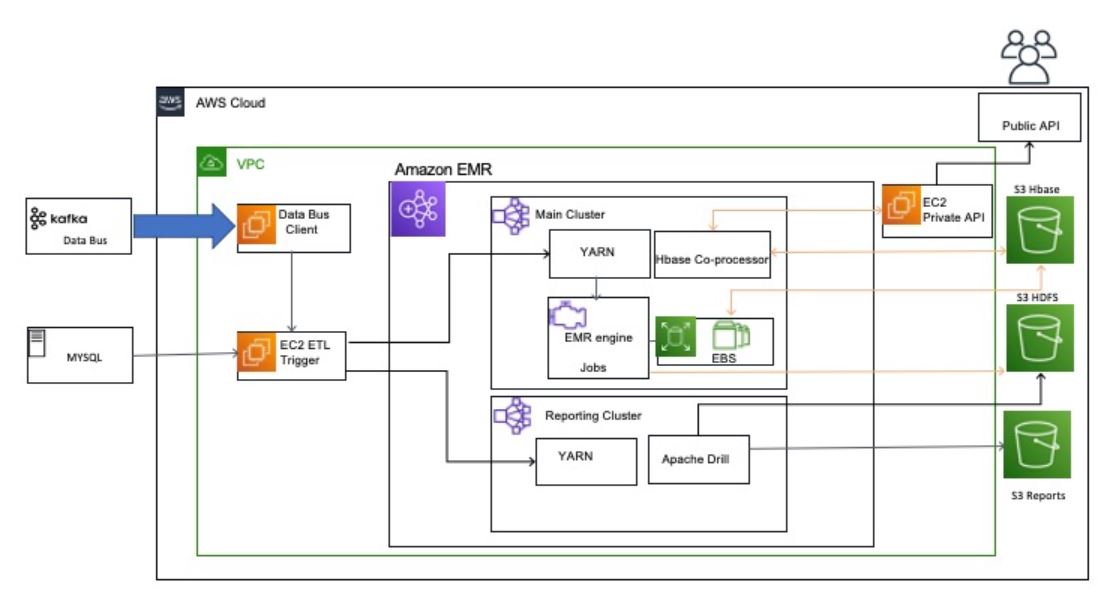AWS Big Data Blog
Category: Analytics
Automate Amazon Redshift Cluster management operations using AWS CloudFormation
Amazon Redshift is a fast, petabyte-scale cloud data warehouse delivering the best price-performance. Tens of thousands of customers run business-critical workloads on Amazon Redshift. Amazon Redshift offers many features that enable you to build scalable, highly performant, cost-effective, and easy-to-manage workloads. For example, you can scale an Amazon Redshift cluster up or down based on […]
Compare different node types for your workload using Amazon Redshift
February 2023: This post was reviewed and updated to include support for Amazon Redshift Serverless. The Amazon Redshift Node Configuration Comparison utility latest release now supports Amazon Redshift Serverless to test your workload performance. If you want to either explore different Amazon Redshift Serverless configurations or combination of Amazon Redshift Provisioned and Serverless configurations based […]
Migrate to an Amazon Redshift Lake House Architecture from Snowflake
The need to derive meaningful and timely insights increases proportionally with the amount of data being collected. Data warehouses play a key role in storing, transforming, and making data easily accessible to enable a wide range of use cases, such as data mining, business intelligence (BI) and reporting, and diagnostics, as well as predictive, prescriptive, […]
Extract, prepare, and analyze Salesforce.com data using Amazon AppFlow, AWS Glue DataBrew, and Amazon Athena
As organizations embark on their data modernization journey, big data analytics and machine learning (ML) use cases are becoming even more integral parts of business. The ease for data preparation and seamless integration with third-party data sources is of paramount importance in order to gain insights quickly and make critical business decisions faster. AWS Glue […]
Create and reuse governed datasets in Amazon QuickSight with new Dataset-as-a-Source feature
Amazon QuickSight is a fast, cloud-powered, business intelligence (BI) service that makes it easy to deliver insights to everyone in your organization. QuickSight recently introduced Dataset-as-a-Source, a new feature that allows data owners to create authoritative datasets that can then be reused and further extended by thousands of users across the enterprise. This post walks […]
How Amazon Transportation Service enabled near-real-time event analytics at petabyte scale using AWS Glue with Apache Hudi
This post is co-written with Madhavan Sriram and Diego Menin from Amazon Transportation Services (ATS). The transportation and logistics industry covers a wide range of services, such as multi-modal transportation, warehousing, fulfillment, freight forwarding, and delivery. At Amazon Transportation Service (ATS), the lifecycle of the shipment is digitally tracked and appended to tens of tracking […]
Optimize performance and reduce costs for network analytics with VPC Flow Logs in Apache Parquet format
VPC Flow Logs help you understand network traffic patterns, identify security issues, audit usage, and diagnose network connectivity on AWS. Customers often route their VPC flow logs directly to Amazon Simple Storage Service (Amazon S3) for long-term retention. You can then use a custom format conversion application to convert these text files into an Apache […]
How Viasat scaled their big data applications by migrating to Amazon EMR
This post is co-written with Manoj Gundawar from Viasat. Viasat is a satellite internet service provider based in Carlsbad, CA, with operations across the United States and worldwide. Viasat’s ambition is to be the first truly global, scalable, broadband service provider with a mission to deliver connections that can change the world. Viasat operates across […]
Simplify data integration pipeline development using AWS Glue custom blueprints
June 2023: This post was reviewed and updated for accuracy. August 2021: AWS Glue custom blueprints are now generally available. Please visit https://docs.aws.amazon.com/glue/latest/dg/blueprints-overview.html to learn more. Organizations spend significant time developing and maintaining data integration pipelines that hydrate data warehouses, data lakes, and lake houses. As data volume increases, data engineering teams struggle to keep up with […]
Continuous monitoring with Sumo Logic using Amazon Kinesis Data Firehose HTTP endpoints
February 9, 2024: Amazon Kinesis Data Firehose has been renamed to Amazon Data Firehose. Read the AWS What’s New post to learn more. Amazon Kinesis Data Firehose streams data to AWS destinations such as Amazon Simple Storage Service (Amazon S3), Amazon Redshift, and Amazon OpenSearch Service. Additionally, Kinesis Data Firehose supports destinations to third-party partners. […]








